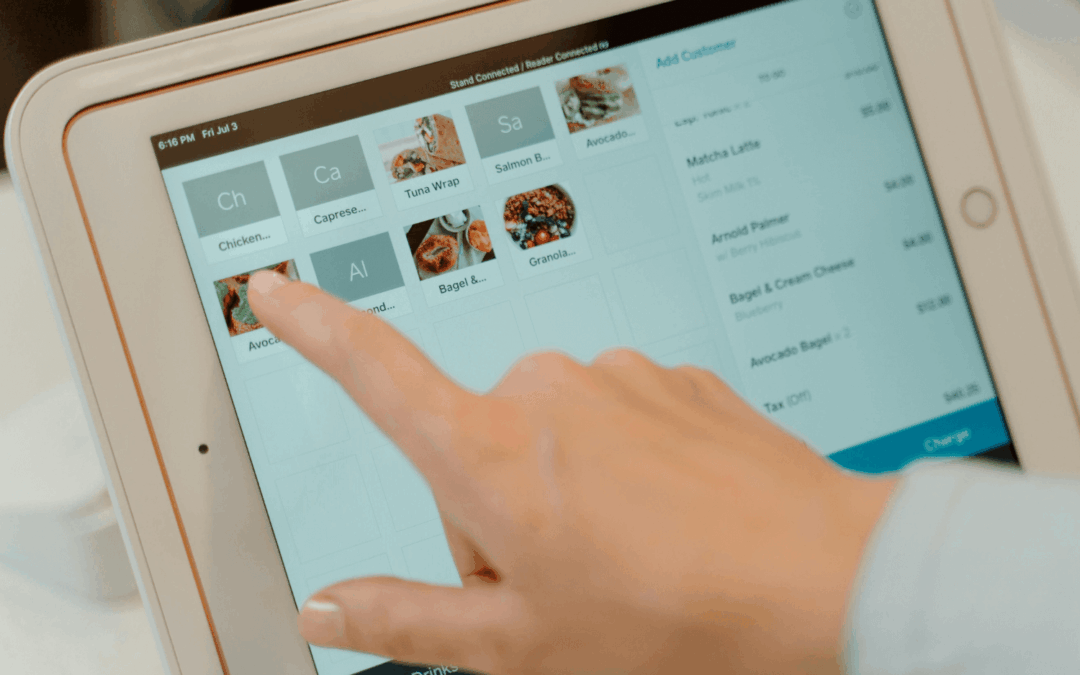
LINK’s Journey Towards Gender Diversity and Inclusivity – 2020 vs today
My resolution is to do everything possible at LINK to create a perfect woman’s workplace.
Here’s my list of takeaways and “Must Do’s”:
- Gender diversity is not accidental, which means it needs a thoughtful and persistent effort. Generally, 9 out of 10 applications that we get for engineering roles are from male applicants. To change that, I believe every aspect of the company—from the branding, job postings, to the language we use in all our communication—needs to be welcoming to women. In our recruiting efforts, we keep the search going until we have a big enough pool of female applicants. Women who are already working at LINK are encouraged to bring referrals of female candidates from their network.
- That said, branding, recruiting, and language will not suddenly bring in female employees if the culture/environment are not truly supportive of a woman’s needs. For example, I asked an Air India employee in Stockholm (mother to a 2-year old who was instrumental in making our work trip happen) about how she managed to pull this off with a toddler. She said it was because of the trust and flexibility that her manager consistently placed in her that motivated her to go the extra mile, including how her maternity leave was handled.
We (and I am sure many other startups) offer a similar level of flexibility, but we have to go deeper and consider if each employee in the organization, without fail, represents those values and is supportive towards female employees on his/her team.
- It is critical to sensitize the workforce on sexual harassment, acceptable protocols, and etiquette. In India, the POSH law requires companies of all sizes to ensure their employees have undergone the necessary training. The training is important but not enough – HR together with leadership needs to proactively enforce timely interventions and ensure that every employee knows that their concerns will get heard and addressed.
There is sufficient evidence that a diverse workforce results in higher productivity and profits. So I am hopeful that the startup founders reading this article will also take steps to make their respective companies more diverse and inclusive.
Sriram Subramanian




